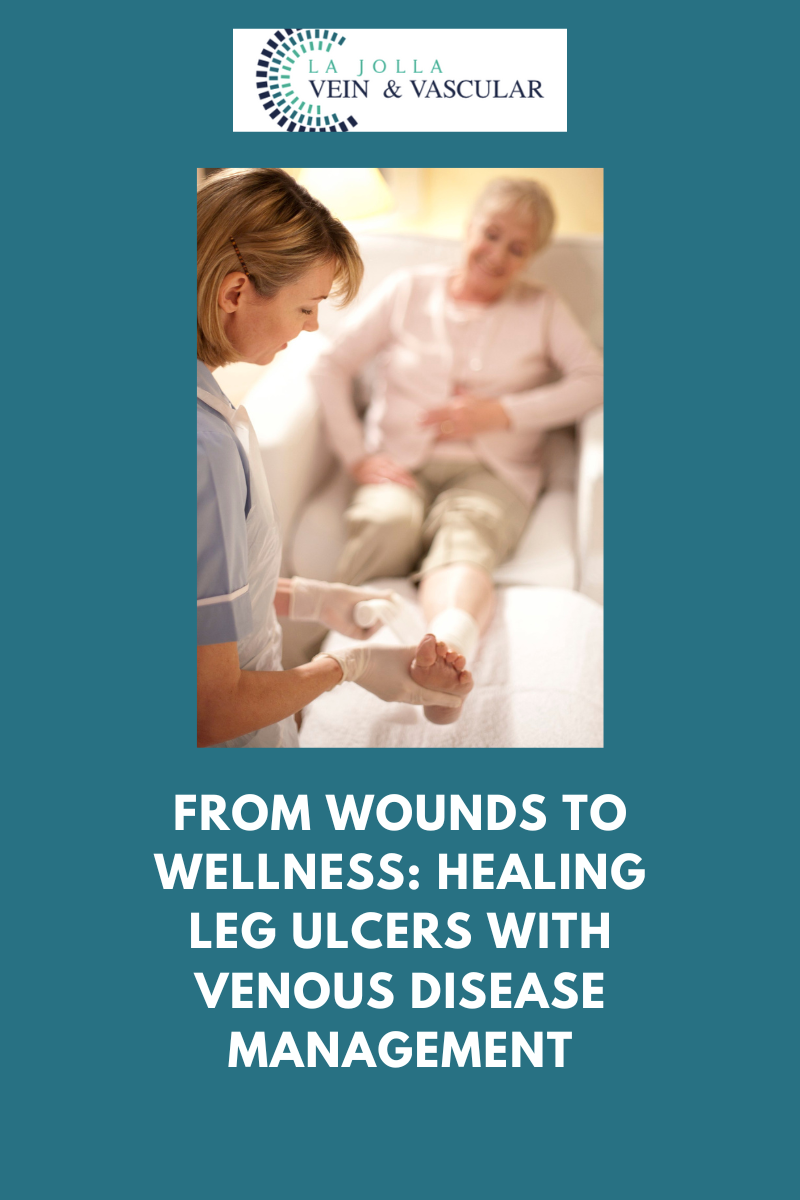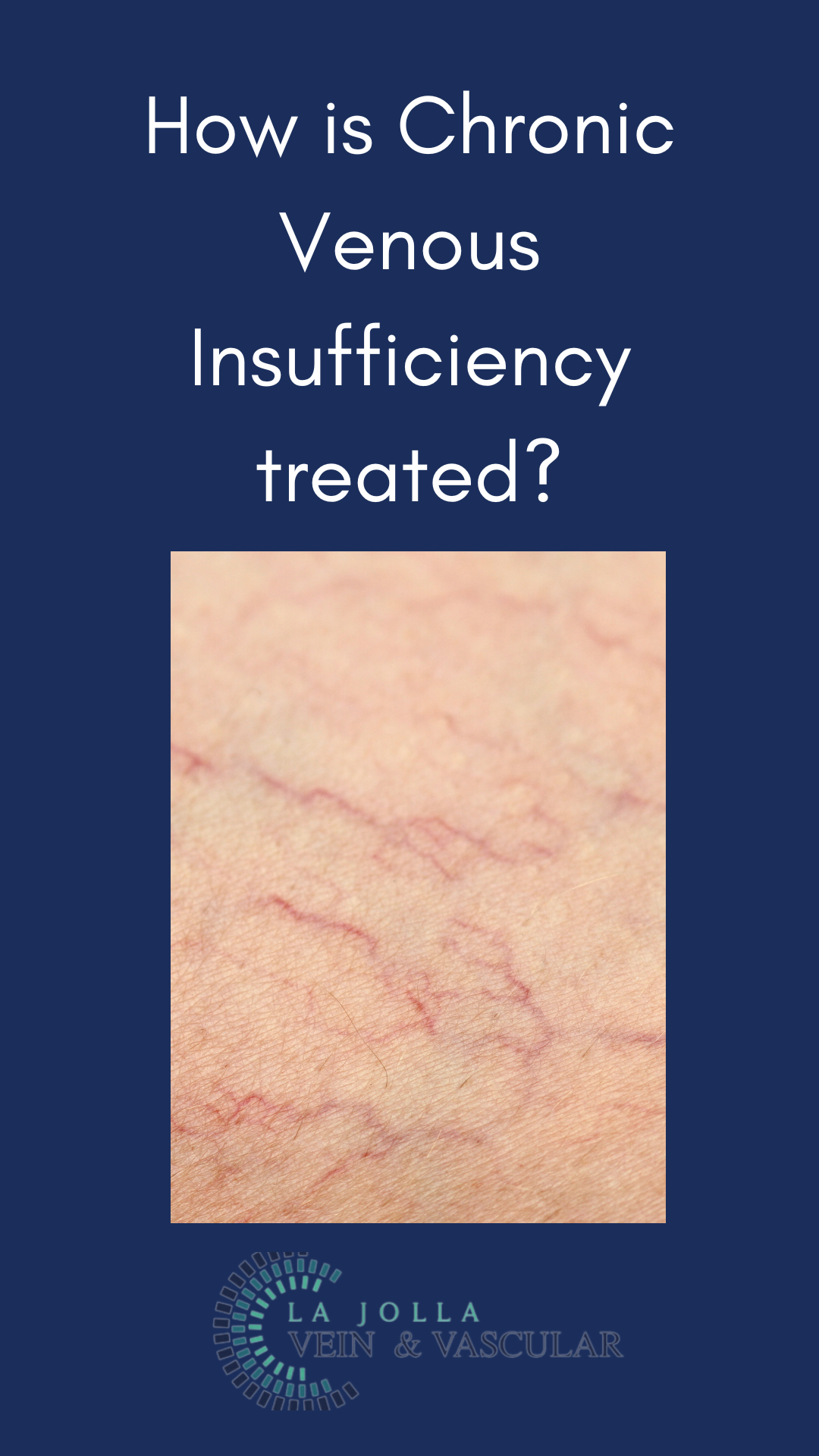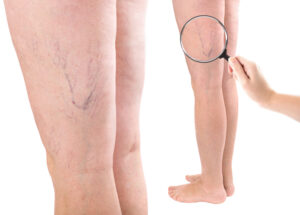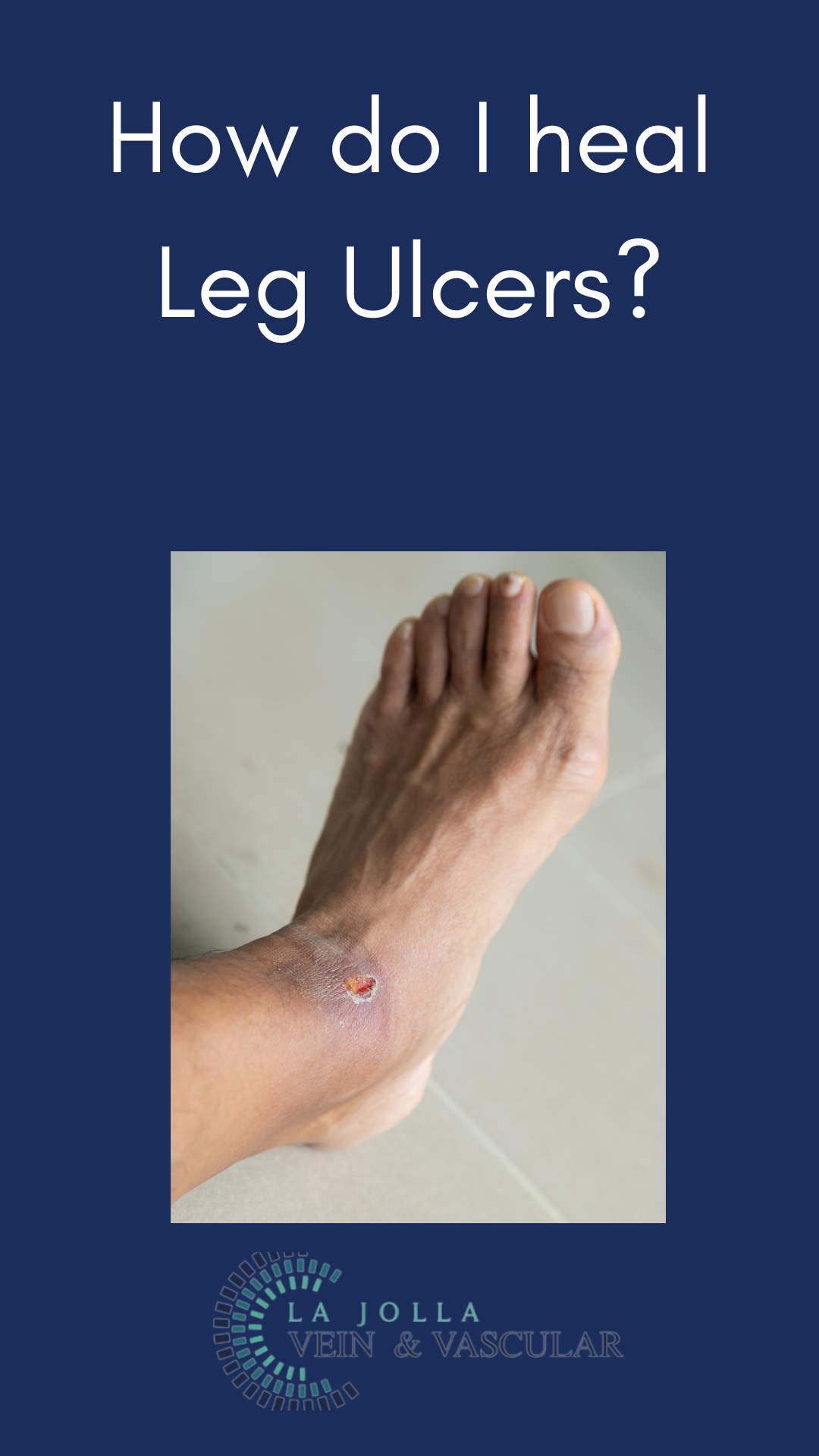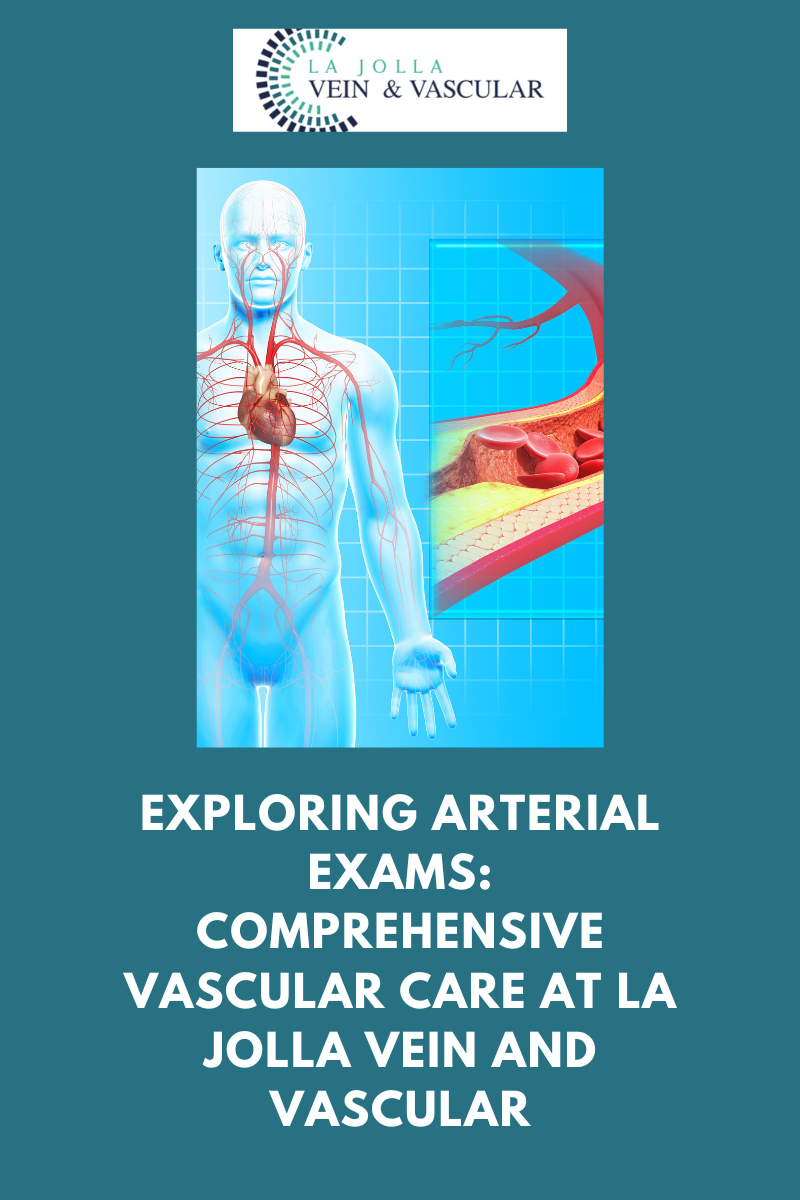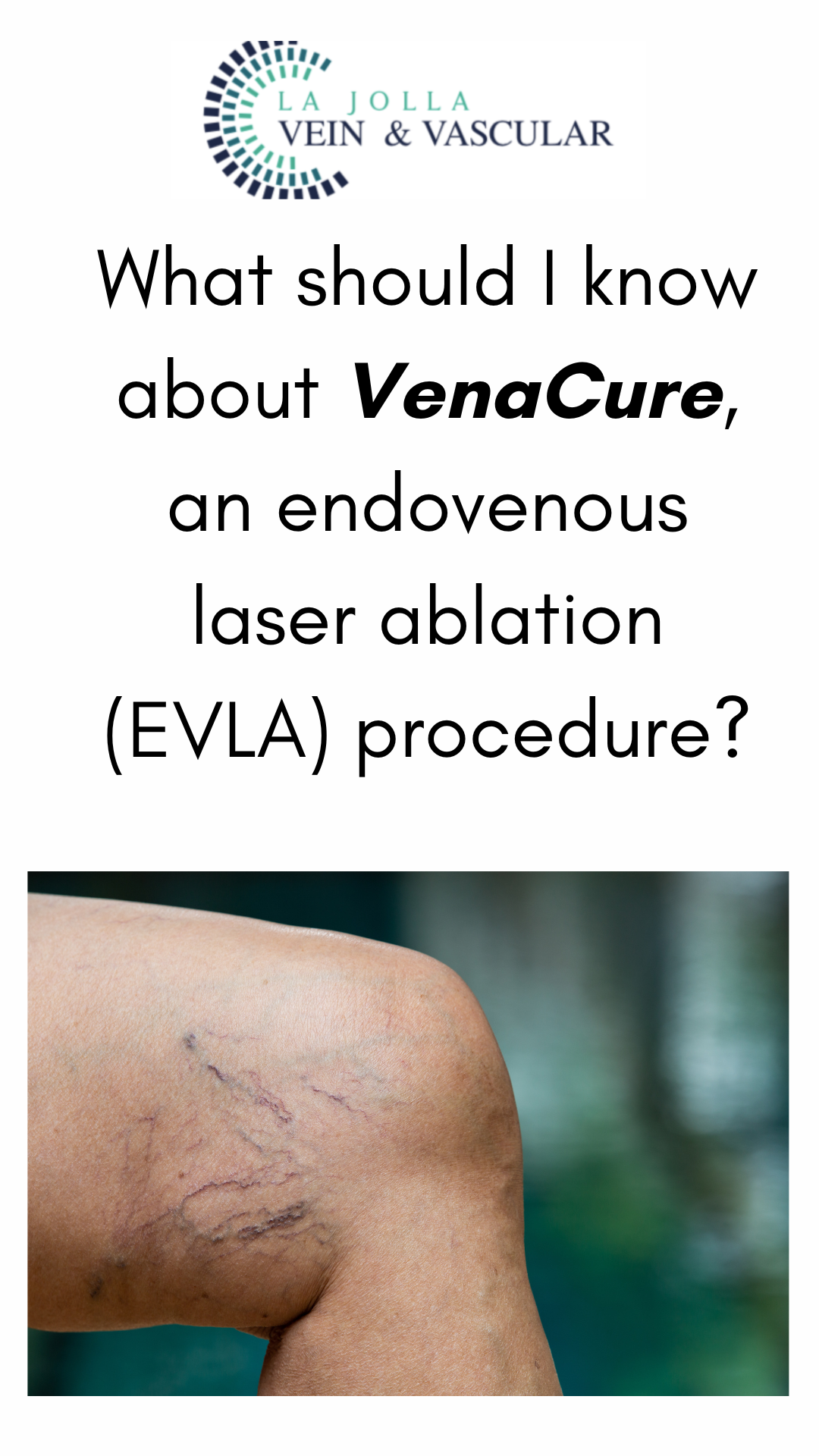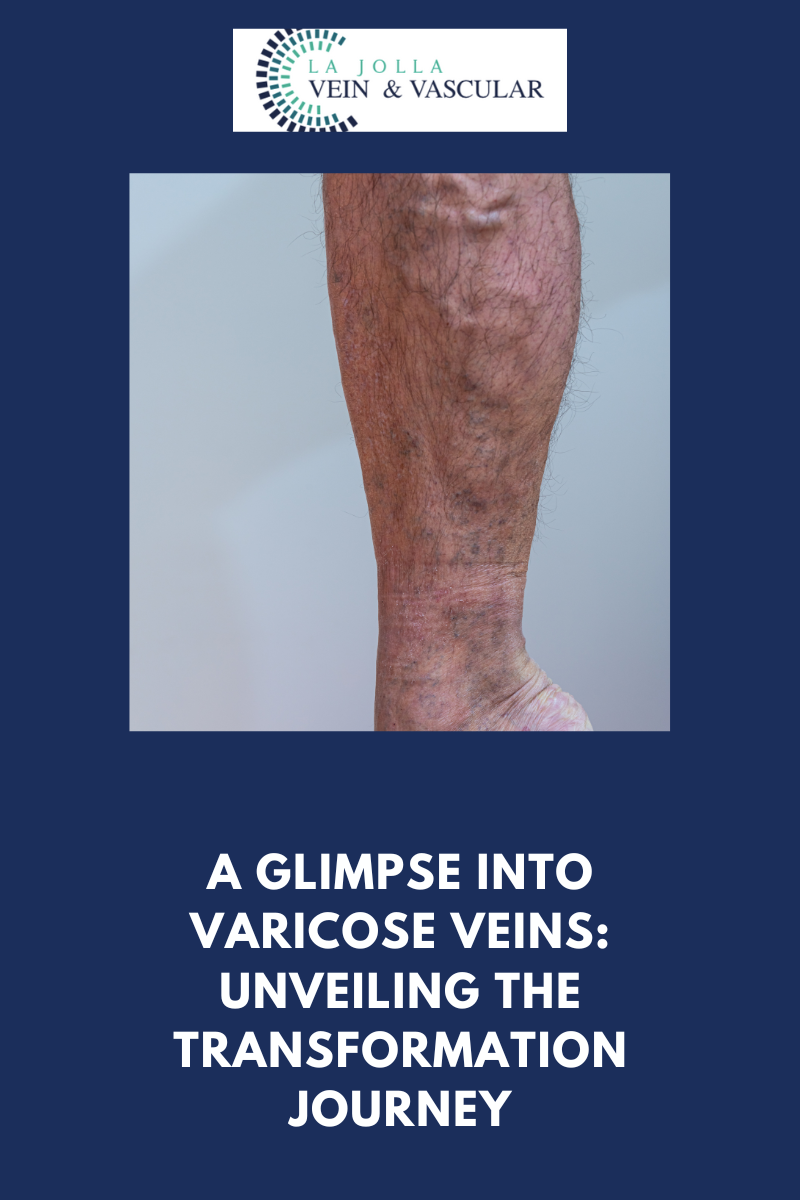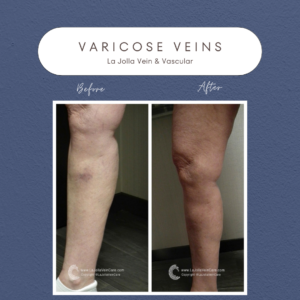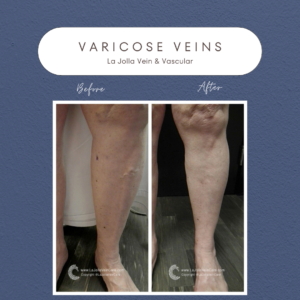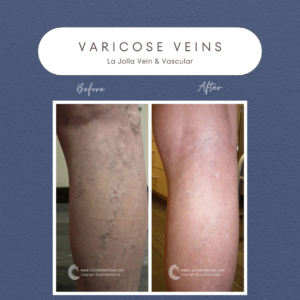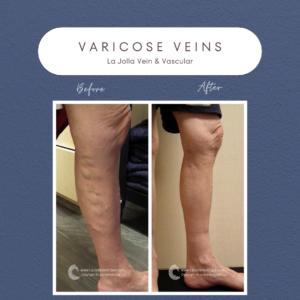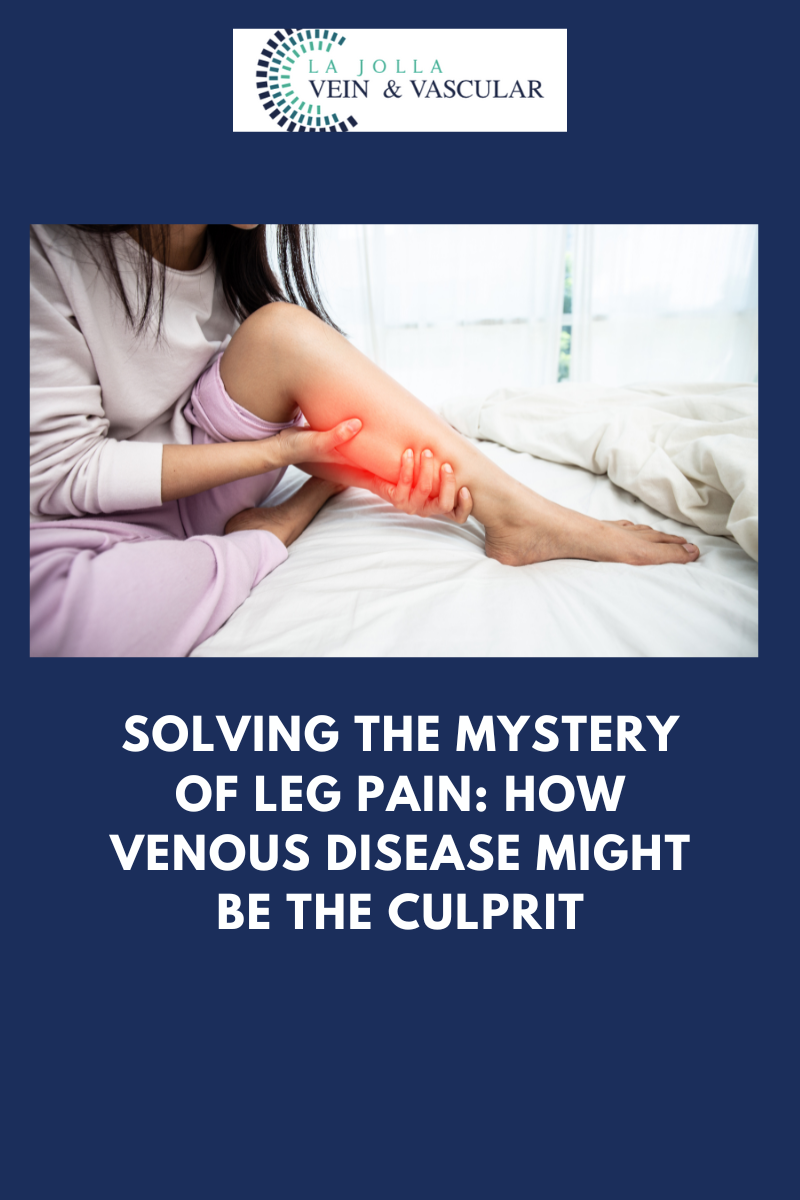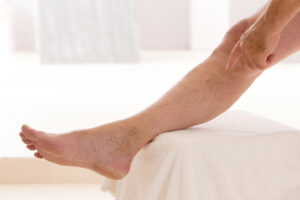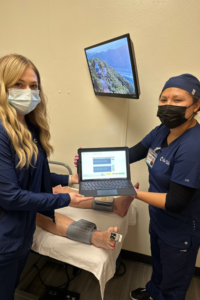From Wounds to Wellness: Healing Leg Ulcers with Venous Disease Management
LJVascular2024-10-23T05:47:52-07:00From Wounds to Wellness: Healing Leg Ulcers with Venous Disease Management

In the realm of vascular health, chronic venous insufficiency (CVI) stands as a prevalent yet often misunderstood condition including leg ulcers. Characterized by a cascade of symptoms that can ultimately lead to skin changes and ulcers, CVI demands meticulous attention and diligent management. In this article, we embark on an exploration of the intricacies of CVI, encompassing its symptoms, underlying causes, and, most notably, its comprehensive treatment.
Unraveling the Enigma of Chronic Venous Insufficiency
Chronic venous insufficiency unfolds as a result of a complex interplay of factors, primarily stemming from untreated venous reflux disease. While the initial indicators include discomforts such as leg swelling, fatigue, and the emergence of varicose veins, the condition can take a more severe and progressive turn over time. As blood circulation within the leg veins falters, the skin undergoes changes that signify the onset of chronic venous insufficiency. These changes are encompassed by the term “venous stasis,” encapsulating the skin’s darkening, dryness, persistent itchiness, and gradual firmness. In severe instances, this deterioration can culminate in the breakdown and ulceration of the skin, a condition often referred to as venous leg ulcers or stasis ulcers.
Symptoms and Skin Transformations Associated with CVI
The symptoms of CVI transcend the realm of physical discomfort, extending their influence to visible alterations in the skin. The skin changes that accompany chronic venous insufficiency include:
- Darkening of the Skin Along the Ankles: A discernible darkening of the skin, particularly evident around the ankles, manifests due to the disruption in blood flow.
- Itching and Dry Skin Around the Ankles (Venous Eczema): Irritation and dryness become commonplace, fostering persistent itching and discomfort in the affected area.
- Development of Wounds Around the Ankles: Termed venous leg ulcers, these are characterized by non-healing wounds that necessitate specific attention and care to manage effectively.
Seizing Control: Navigating the Treatment Landscape for CVI: Leg Ulcer
While the skin changes wrought by CVI may bear irreversibility, it remains pivotal to manage the condition diligently to stave off its progression and the advent of ulcers. A fundamental facet of managing CVI revolves around addressing the root cause—the underlying venous reflux. By tackling this foundational issue, the inflammatory changes can be mitigated, potentially leading to an amelioration of skin symptoms. However, it’s imperative to acknowledge that permanent skin discoloration may endure even after the successful treatment of the underlying reflux.
Tackling Venous Leg Ulcer

For those who have advanced to the stage of venous leg ulcers, the treatment approach becomes multifaceted:
- Correction of Underlying Venous Reflux: The linchpin of treatment entails addressing the root cause. Treatment methods will be tailored based on the precise location of the underlying reflux, a determination that can be made through a meticulous ultrasound examination.
- Wound Care Clinic Referral: Collaborating with wound care specialists boasting expertise in venous leg ulcers is indispensable. Their insights and specialized treatments can expedite the healing process significantly.
- Compression Therapy: Employing compression garments emerges as a cornerstone of venous ulcer management. These garments work to enhance blood circulation, fostering healing and maintaining optimal conditions for recovery.
Chronic venous insufficiency, indeed, represents a condition that demands unwavering attention, education, and meticulous management.
“Bringing Experts Together for Unparalleled Vein and Vascular Care”
La Jolla Vein & Vascular (formerly La Jolla Vein Care) is committed to bringing experts together for unparalleled vein and vascular care. Nisha Bunke, MD, Sarah Lucas, MD, and Amanda Steinberger, MD are specialists who combine their experience and expertise to offer world-class vascular care. Our accredited center is also a nationally known teaching site and center of excellence.
For more information on treatments and to book a consultation, please give our office a call at 858-550-0330.
For a deeper dive into vein and vascular care, please check out our Youtube Channel at this link, and our website https://ljvascular.com
For more information on varicose veins and eliminating underlying venous insufficiency,
Please follow our social media Instagram Profile and Tik Tok Profile for more fun videos and educational information.
For more blogs and educational content, please check out our clinic’s blog posts!

